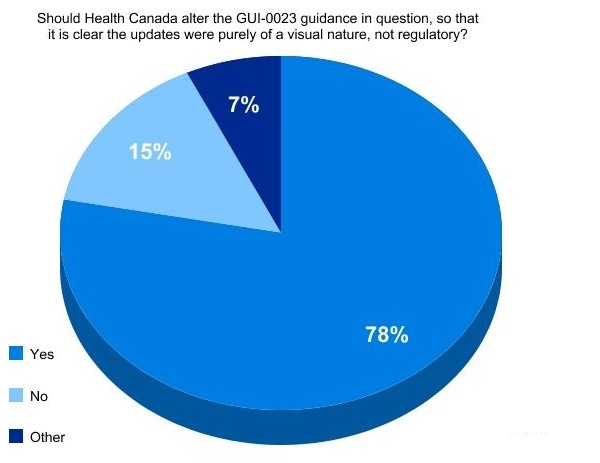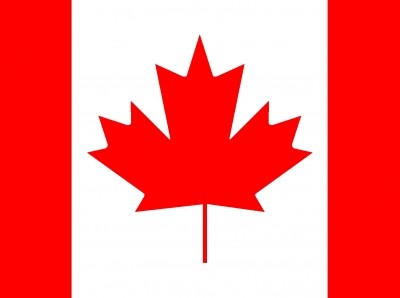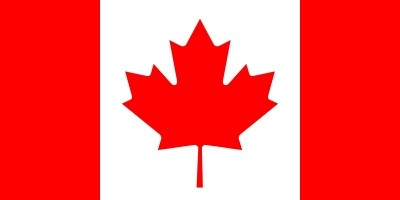POLL RESULTS
Health Canada must be clearer in its documents: reader poll

Last week, we asked whether updates of Health Canada’sGUI-0023 guidance were confusing because the regulator failed to specify that changes were purely to the layout of the document, not the legislation.
Almost 80 per cent of respondents said the regulator should alter the guidance again to specify where the changes were made.
Respondents came from all walks of pharma and biopharma, including those in regulatory management, quality assurance and control (QA/QC), active pharmaceutical ingredient (API) production, generics manufacturers, and industry analysts.
Two thirds of the participants working regulatory roles said the document should be made clearer, largely agreeing that “updates should be crystal clear to all”, whilst one third said they believed the document was understandable without clarification.
Is it responsible?
We also asked you whether making changes to documents without additional information to specify what has been changed is responsible, especially in the current climate when regulations are becoming increasingly strict.
Sixty-four per cent of you said that not explaining the changes was irresponsible and any update should be as transparent as possible.

Just over 14 per cent believed that it is appropriate to explain changes in some cases, but “those who need the information will be aware what the updates mean without a disclaimer to specify”.
Those respondents were also divided between whether or not the GUI-0023 needed more specification.
A further 14.5 per cent were also unsure whether it is always necessary to say exactly what has been altered, but said: “in this instance I definitely believe a disclaimer was in order.”
A lack of funding
Speaking to in-PharmaTechnologist.com, Damien Bové a director of regulatory consulting for IDA Consulting, agreed with the majority in thinking the document should be changed.
“Stipulating document change procedures would seem reasonable, especially in this age with good clinical practice (GCP) and good laboratory practice (GLP) issues,” he said. “The regulators in charge of implementing these standards would follow them too.”
He added however that he understands why occurences like this happen, as Health Canada is a small regulatory body with a lack of funding.
“I think a lot of it comes down to budget restraints,” he said. “They are a very small regulator, and there isn’t a huge number of staff so things often take time.”
Bové said however, that with responsibility for the population of a “reasonably” large country, the authority could be more efficient.
“Regulations tend to stay in draft format for years, or they also tend to just post a letter about the document changes,” he said.
“Other regulators make the changes very clear, whereas Health Canada requires much more guess work and expert knowledge of the existing system to understand what is required in certain areas.”
At the time of publication, Health Canada was still unable to answer our questions. The document also remained unchanged.





